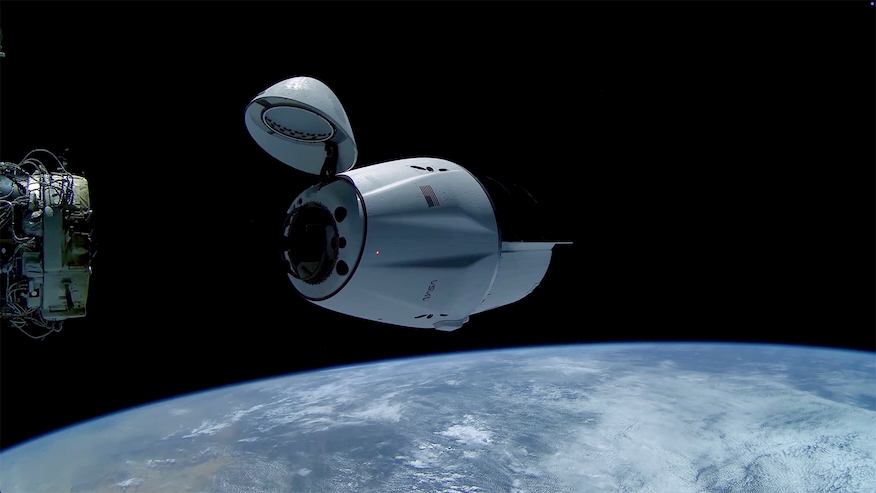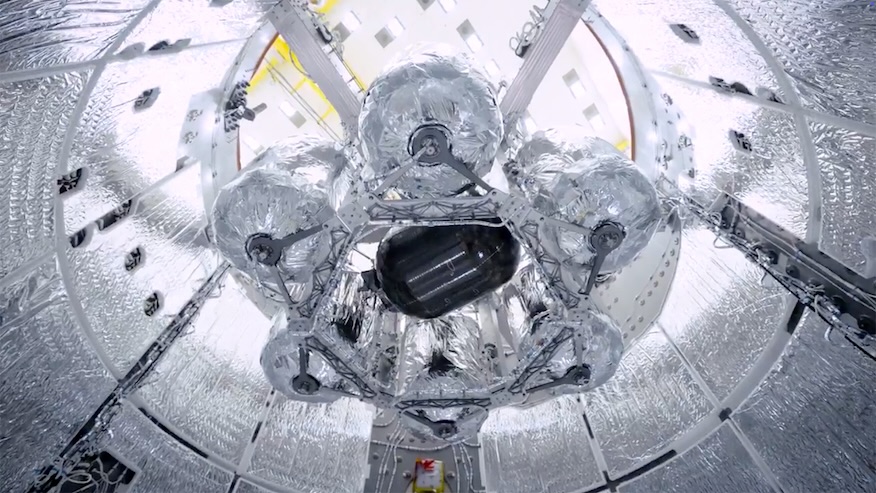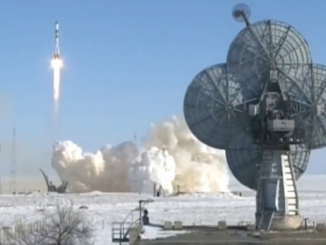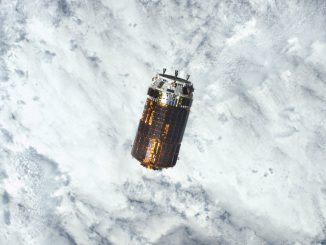
An unpiloted SpaceX cargo ship docked at the International Space Station early Monday, delivering more than 5,000 pounds of equipment and supplies including 1,500 tortillas, the crumb-free bread substitute for crews dining in weightlessness.
Launched Sunday from Cape Canaveral Space Force Station atop a Falcon 9 rocket, the cargo Dragon closed out a 28-hour rendezvous with an ahead-of-schedule docking at the lab’s forward port at 7:05 a.m. EDT as the two spacecraft were passing 260 miles above the Ivory Coast of Africa.
“We’d like to say thanks to everybody who made the cargo and loaded the cargo and launched the cargo,” radioed astronaut Mike Fincke from the space station. “It’s our job now to take care of it from here. We’ll do our very best for all the science that’s now aboard. Also, we very much appreciate the resupply.”
Along with delivering fresh food, crew supplies, experiments and station hardware, the Dragon also brought an add-on thruster kit in its open trunk section that will be used to help boost the space station’s altitude to offset the ongoing effects of passage through the extreme upper atmosphere.

“The space station’s altitude slowly decays over time due to the thin amount of atmosphere still at our altitude,” said Bill Spetch, ISS operations integration manager at the Johnson Space Center. “To counteract that drag, we must occasionally raise the altitude of the ISS.”
The Russians handle the majority of those re-boost operations, delivering the needed propellants and periodically firing thrusters aboard Progress cargo ships and the station itself.
“With the addition of the boost trunk on this mission, Dragon will also provide this ability to maintain the station’s altitude,” Spetch said. “The boost kit will help sustain the orbiting lab’s altitude starting in September with a series of burns planned periodically throughout the fall of 2025.”
As for the tortillas, Spetch said they are standard fare for space station astronauts.
“We fly tortillas because … other breads and things like that have too many crumbs and things of that nature (that float away in weightlessness), so you can’t actually maintain it in orbit,” he said. “Tortillas are a great substitute for that.”



